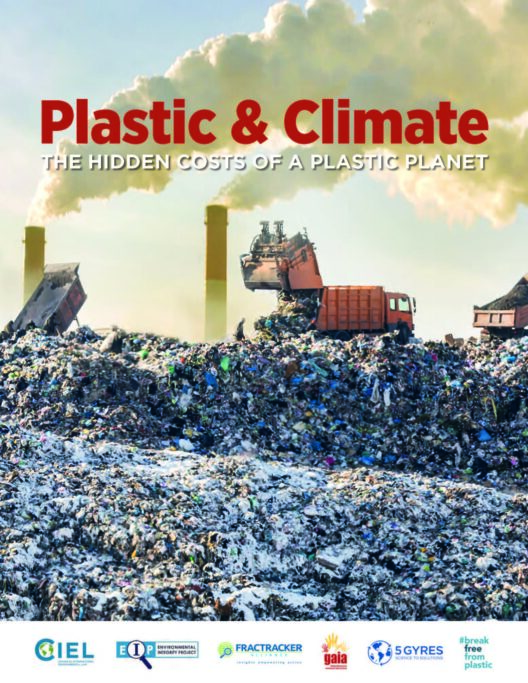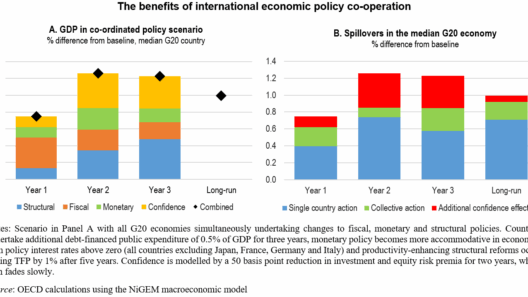As the sun rises, a new day dawns not only for our daily lives but for the planet we inhabit. Each ray of light represents an opportunity—a chance for individuals across the globe to engage in the vital quest of preventing global warming. The stakes are high, and the path is fraught with challenges, but like a skilled gardener tending to a fragile sapling, we can all take action now for a cooler tomorrow.
Global warming is akin to a clandestine thief, stealthily lifting the very foundations of our ecosystems; melting ice caps, rising sea levels, and erratic weather patterns are mere manifestations of a much deeper malaise. There’s no magic wand that can reverse the damage already inflicted. However, we hold the power to tilt the scales towards a more sustainable future. The question is: How can you become an active participant in this monumental endeavor?
To embark on this journey, one must first evaluate personal habits. Consider your carbon footprint—a numerical representation of the total greenhouse gases emitted directly and indirectly through daily activities. Understanding this figure can be enlightening, akin to looking into a mirror that reflects your environmental impact. Start by making simple adjustments: limit car usage, embrace public transport, or, better yet, opt for cycling or walking. Each decision is a thread in the intricate tapestry of climate advocacy.
Transitioning to renewable energy sources is another paramount step. Imagine harnessing the power of the sun—solar panels can transform your dwelling into a veritable fortress against fossil fuel dependency. Advocate for clean energy by opting for green power plans offered by local utility companies, or invest in home-based systems that decant sunlight into electricity. The benefits are twofold: your energy costs decrease while simultaneously supporting initiatives that mitigate climate change.
In addition to energy choices, scrutinizing consumption patterns can unveil a sea of change. The allure of consumerism is potent, but behind it lurks a devastating impact on the planet. Adopt the practice of conscious consumption—prioritize quality over quantity, and select products that are sustainably sourced and packaged. The metaphorical ripples extend; each item you choose reflects a vote for sustainability. Cheer for eco-friendly brands that prioritize the health of the planet as fervently as their profit margins.
Shortening the supply chain is yet another endeavor that individuals can undertake. Participate in local farmers’ markets or community-supported agriculture (CSA) programs. By sourcing food closer to home, you circumvent the extensive carbon emissions associated with transporting goods across the globe. Think of it as a direct artisan approach, handpicking the freshest produce while fortifying local economies. In this symbiotic relationship, the earth benefits from reduced emissions, and you gain access to wholesome nourishment.
A vital aspect of combating climate change lies in waste reduction. Adopting the philosophy of “reduce, reuse, recycle” serves as a beacon of hope. Every item that evades the landfill draws us closer to a sustainable future. Engage in practices such as composting organic waste, which enriches soil and curtails greenhouse gas emissions from landfills. The cycle of life, a perpetual dance of growth and decay, can be harnessed to nourish new life while reducing waste.
Moreover, advocating for policy change is crucial in the fight against global warming. Join forces with like-minded individuals, and engage in grassroots movements that lobby for legislation promoting environmental stewardship. Contact your local representatives; voice your concerns regarding climate change and push for initiatives that prioritize renewable energy, conservation, and sustainability. A united front serves as an inexorable force, showing policymakers that constituents demand action.
Education plays a pivotal role in changing the narrative surrounding climate change. Equip yourself with knowledge, delving into the complexities of environmental science, economics, and social impact. Inform those around you—friends, family, and community members—so they, too, become aware of their collective influence. Awareness is a powerful catalyst; when more individuals grasp the gravity of the situation, the momentum for change accelerates dramatically.
Participating in conservation efforts can have profound effects as well. Engage in local clean-up activities in parks, rivers, and beaches. Join organizations dedicated to reforestation and habitat preservation. Each tree you plant acts as a sentinel against climate change, capturing carbon and providing sanctuary to myriad forms of wildlife. In this connection, you become both a steward of the earth and an ally to emerging generations.
Lastly, cultivate resilience. The challenges that besiege our planet can seem insurmountable. It is vital to remain hopeful, to see beyond despair and focus on the strides being made toward sustainability. Collective action can and will lead to transformation. History attests to the profound power of unity; when individuals band together, there awakens an unstoppable force, propelling societies toward a cooler tomorrow.
In conclusion, the fight against global warming is not a distant battle waged by faceless entities; it is a personal call to action for each individual. The choices you make today—the energy you use, the products you buy, the communities you support—shape the world of tomorrow. As stewards of this planet, we can carve a path forward, dispelling the fog of ignorance and indifference. With commitment and action, we can cultivate a legacy of sustainability for generations to come. Together, we can counter the tide of climate change and usher in an era marked by ecological harmony.








